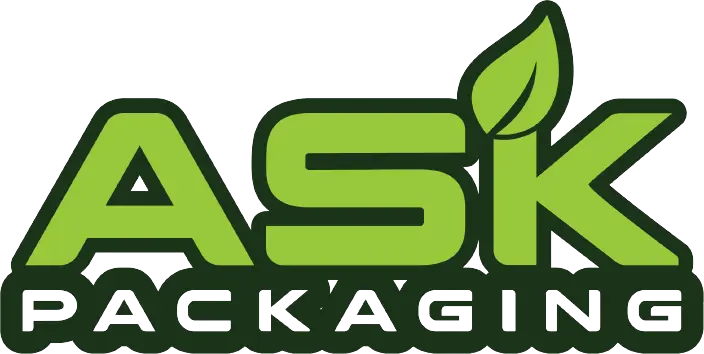In our fast-paced world, convenience is key, and one item that epitomizes this convenience is the humble paper plate. These disposable wonders have become a staple at picnics, parties, and even everyday meals. Ever wondered how these lightweight marvels are made? Join us on a journey as we unravel the simple magic behind the creation of paper plates.
The Raw Materials
At the heart of every paper plate lies its primary ingredient: paper pulp. This pulp is typically derived from renewable resources like wood, bamboo, or sugarcane. These materials undergo a rigorous process to transform into the versatile material that is the foundation of our disposable plates.
Pulping Process
The journey begins with the pulping process, where the chosen raw materials are broken down into fibers. This can be achieved through mechanical or chemical means, ensuring that the resulting pulp is both strong and flexible. The use of sustainable materials is a key focus in modern paper plate production, aligning with environmentally conscious practices.
Paper Formation
Once the pulp is ready, it’s time for the paper formation stage. The pulp is mixed with water to create a slurry, forming a thin, even layer on a continuously moving screen. This creates the base paper sheet, which will serve as the foundation for our paper plates.
The Pressing and Drying Stage
With the paper sheet in place, it undergoes pressing to remove excess water. This step is crucial to achieving the desired thickness and consistency in the paper. Following pressing, the paper is carefully dried to ensure it retains its strength and structure. The drying process may involve passing the sheets through heated rollers or using air drying methods.
Coating for Durability
To enhance the durability of the paper plates, a thin layer of food-grade coating is applied. This coating not only adds a glossy finish but also acts as a protective barrier, making the plates resistant to moisture and oil. It ensures that your paper plate can handle a hearty meal without losing its structural integrity.
Die-Cutting and Shaping
Now comes the fun part – shaping the paper into the familiar round form of a paper plate. Industrial die-cutting machines carefully cut the paper sheets into the desired shape and size. This process is efficient, ensuring uniformity in every batch of paper plates.
Embossing for Design
While the primary focus of paper plates is functionality, many manufacturers add a touch of aesthetic appeal through embossing. This involves creating raised patterns or textures on the surface of the plate, enhancing its visual appeal without compromising its simplicity.
Quality Checks
Before the paper plates are ready to hit the market, they undergo rigorous quality checks. These checks ensure that each plate meets the required standards for strength, size, and overall quality. Any plates that don’t pass these checks are recycled to minimize waste.
Conclusion
And there you have it – the fascinating journey from raw materials to the convenience of a disposable paper plate. It’s a testament to the simplicity and efficiency that goes into creating a product that has become an indispensable part of our daily lives. The next time you reach for a paper plate at a gathering, take a moment to appreciate the straightforward yet ingenious process that brings these lightweight wonders to your table.
